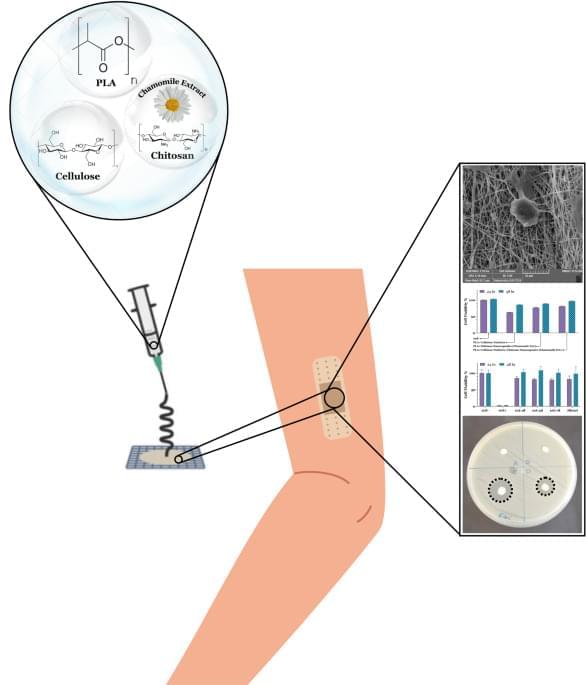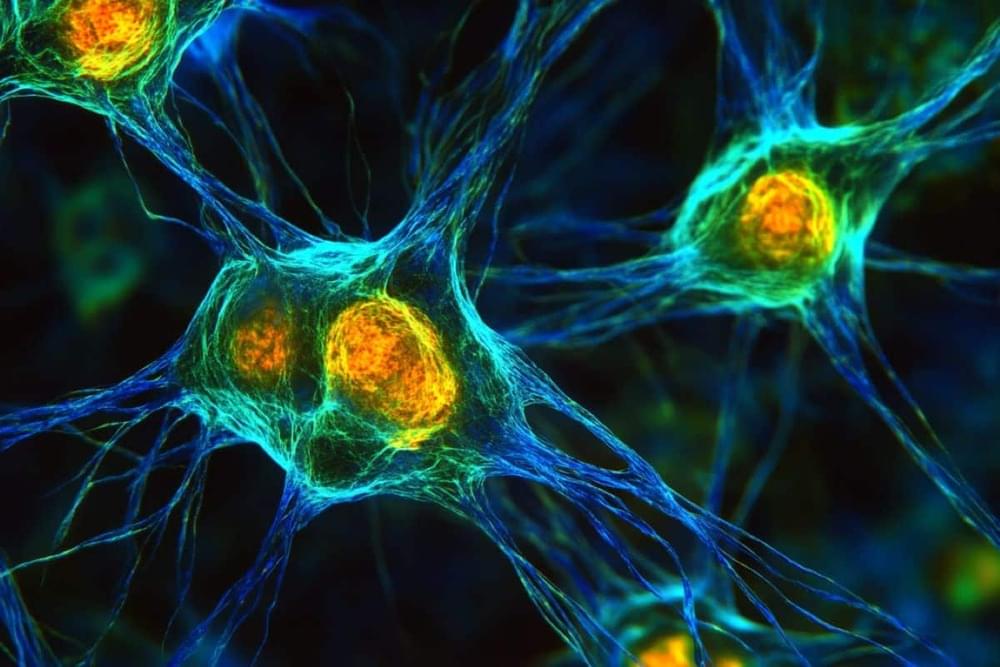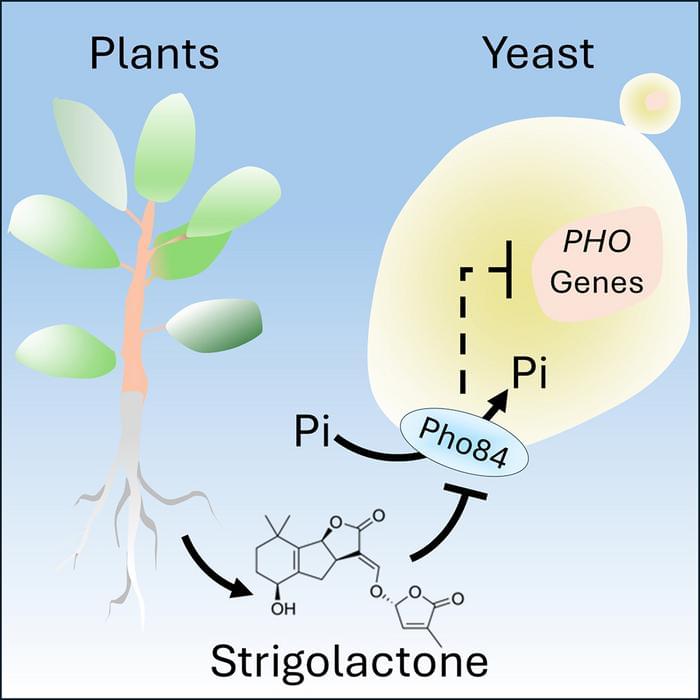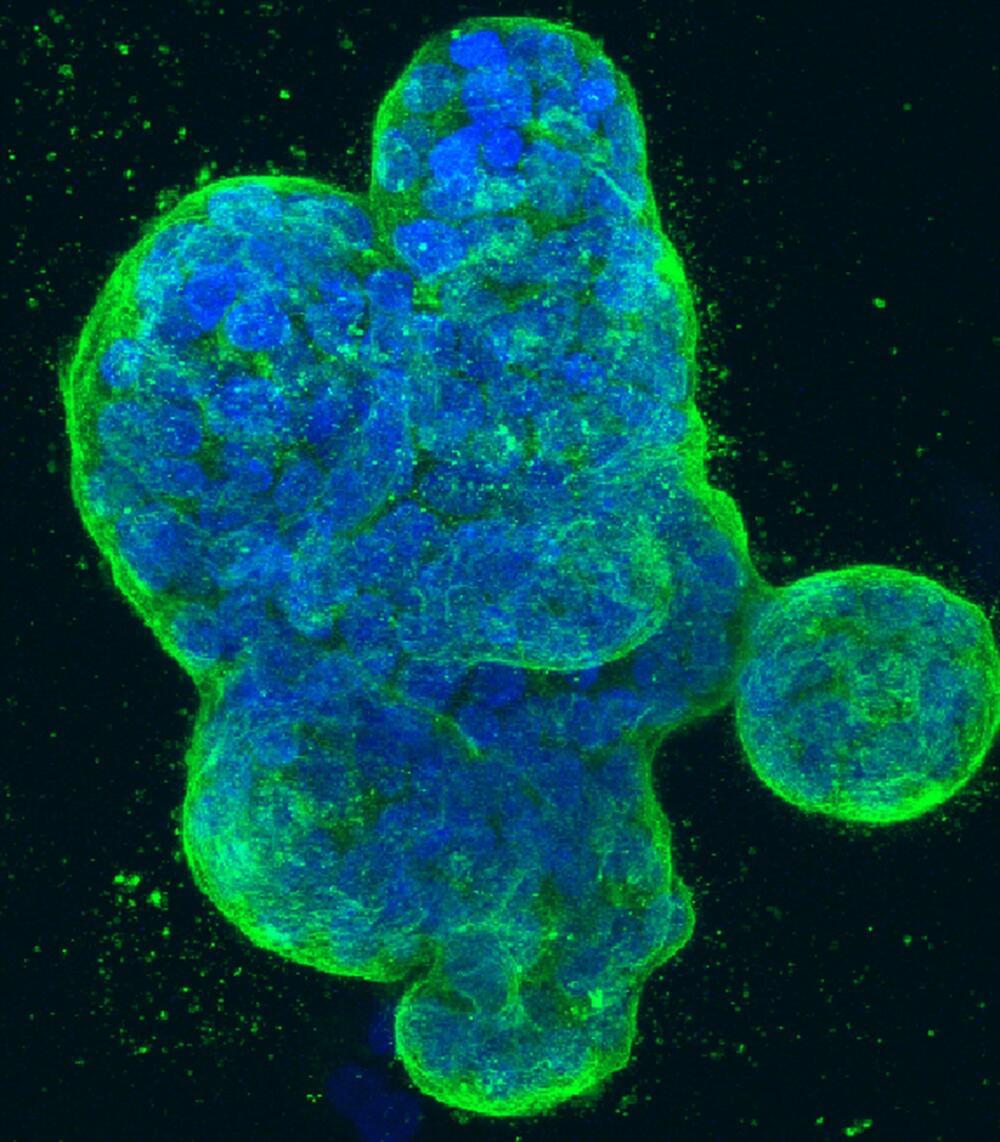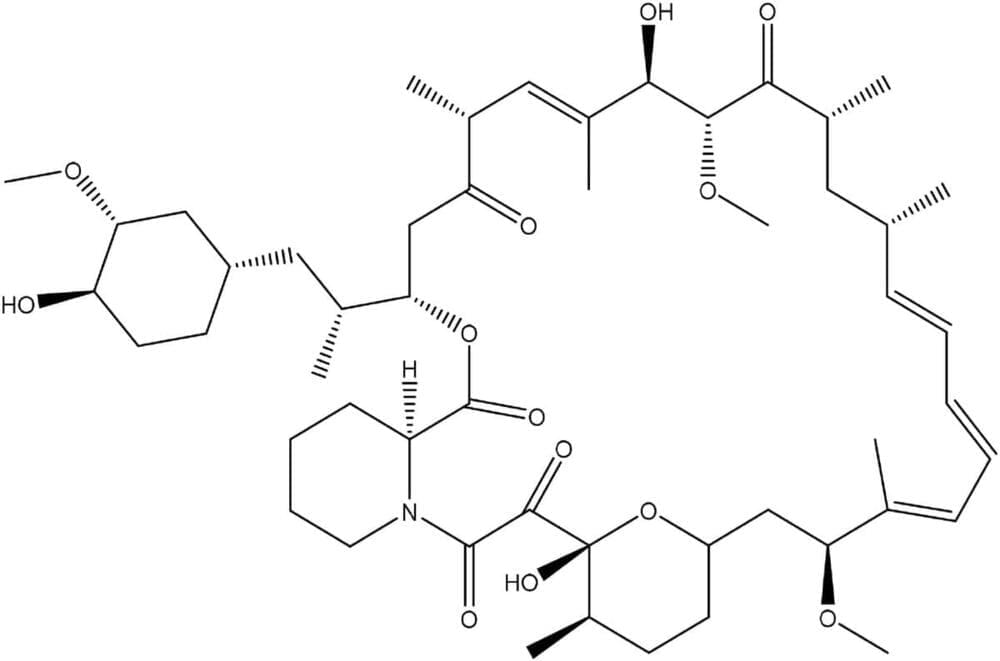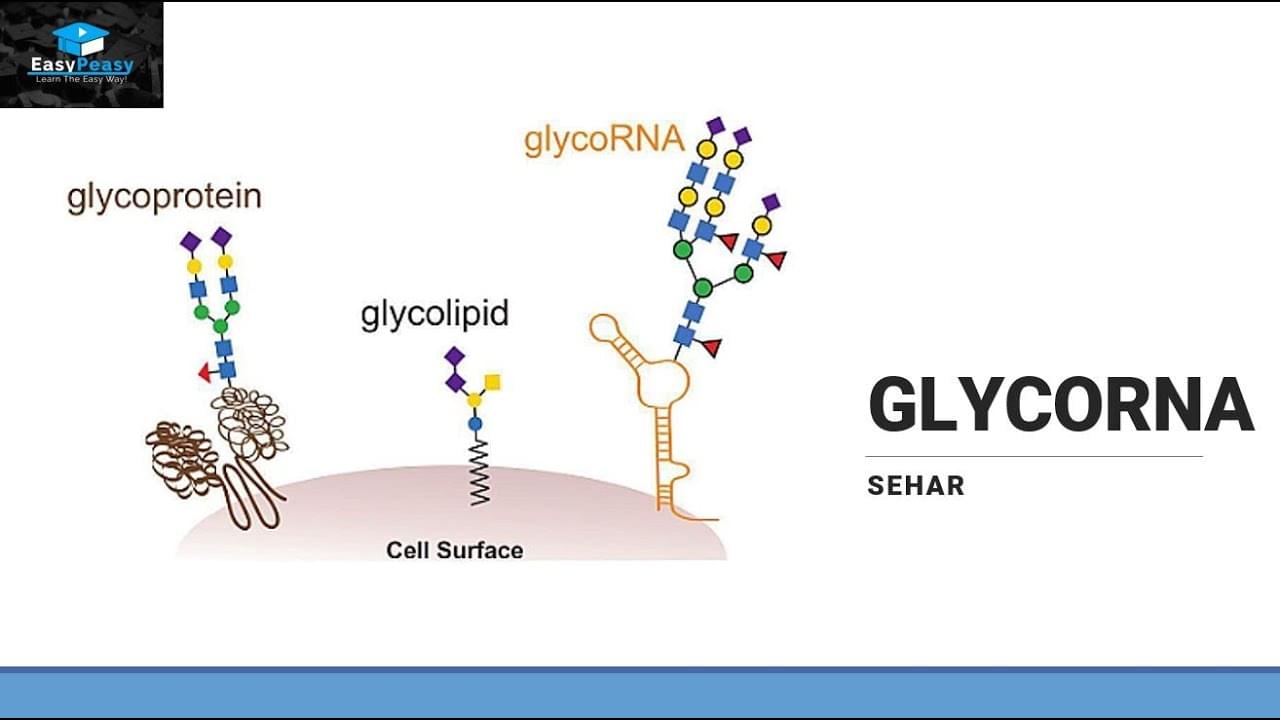Oct 19, 2024
Assessing polylactic acid nanofibers with cellulose and chitosan nanocapsules loaded with chamomile extract for treating gram-negative infections
Posted by Omuterema Akhahenda in categories: biotech/medical, nanotechnology
This study presents the development and characterization of a novel nanocomposite wound dressing material based on polylactic acid (PLA) nanofibers incorporating chitosan nanocapsules loaded with chamomile extract and cellulose nanoparticles.
Asadzadeh, F., Ghorbanzadeh, S., Poursattar Marjani, A. et al. Sci Rep 14, 22,336 (2024). https://doi.org/10.1038/s41598-024-72398-9
